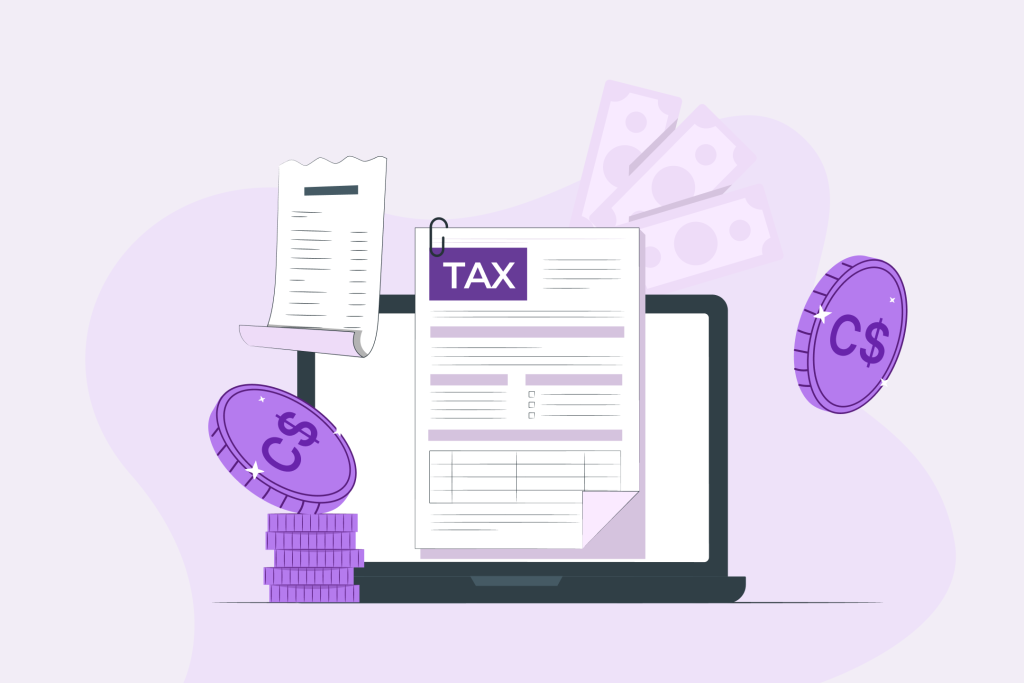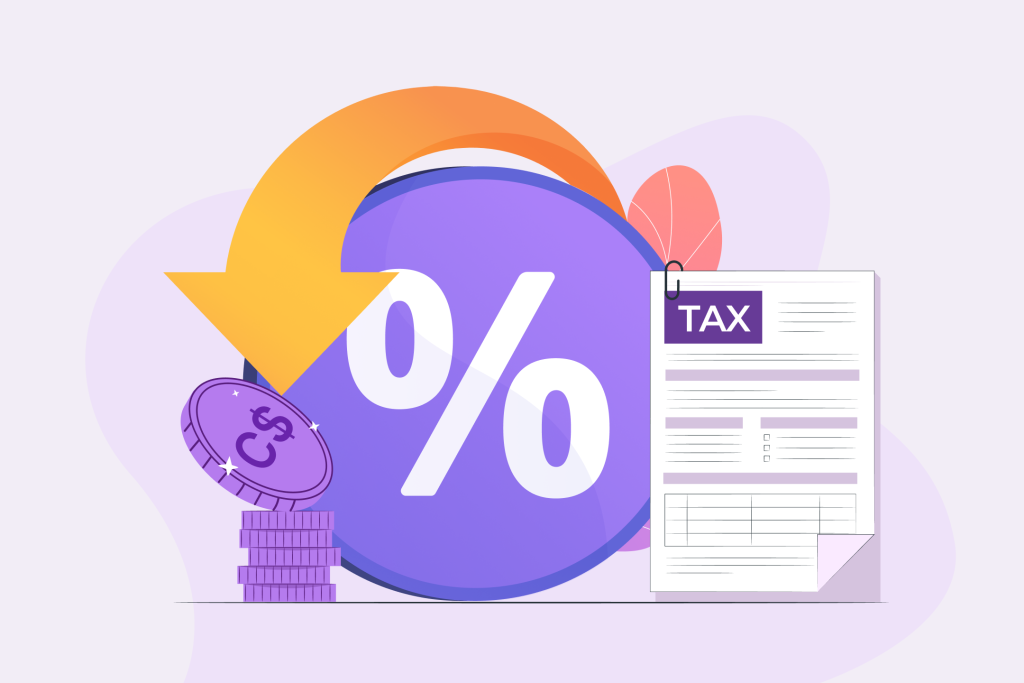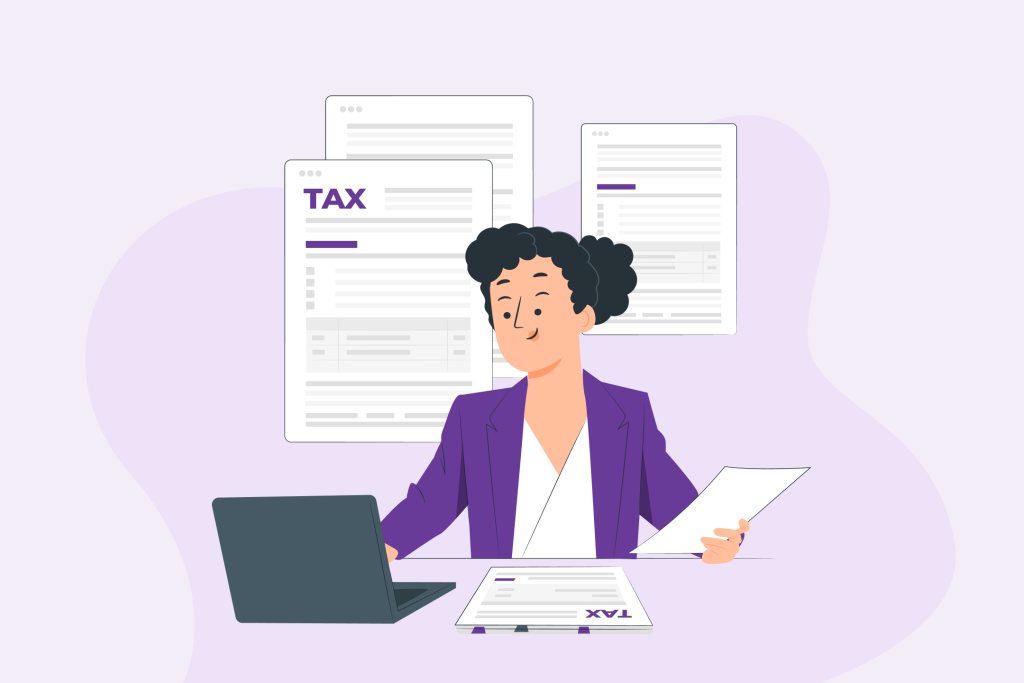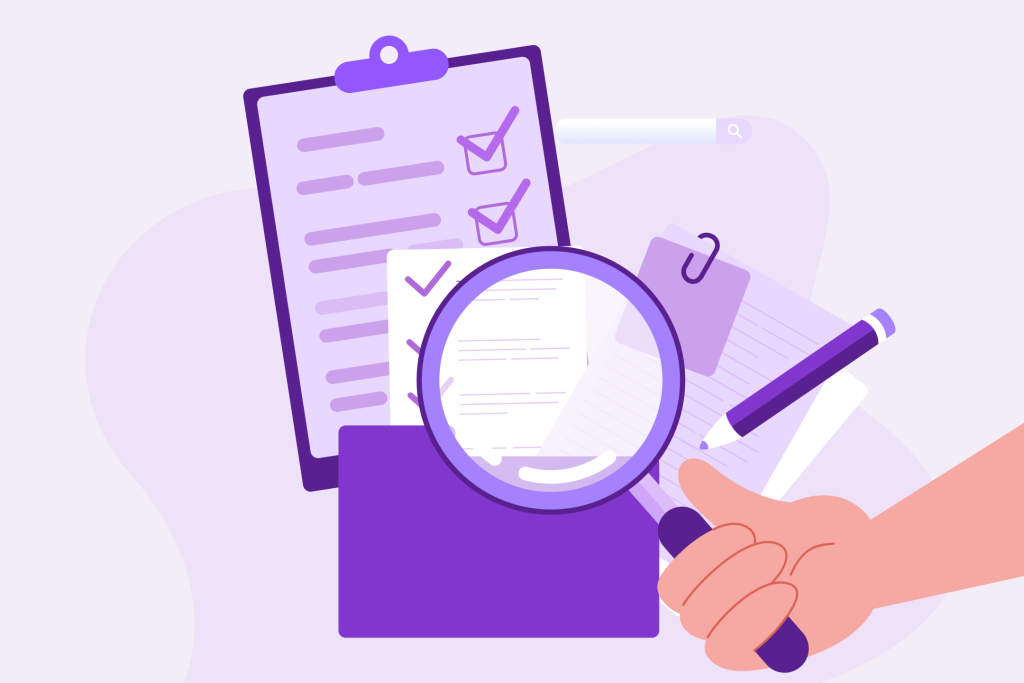Discover how you can file your personal income tax as a newcomer in Canada.
When you pay personal income tax, it’s easy to have access to some government benefits as a newcomer in Canada like healthcare, education, and more.
However, preparing your first tax return can be hard, but we’ve shared everything you need to do to get it right.
What Is Canada Tax Return And When Is It Due?

A tax return is a document you have to fill out annually to report your received income. The Canada Revenue Agency (CRA) uses this information to assess your tax liability and determine if you owe taxes or will get a refund.
In Canada, the deadline to file your tax return is April 30 of each year. However, if this date falls on a weekend or holiday, the due date moves to the next business day. It’s important to note you can be penalised or even attract interest charges when you miss deadline or don’t file on time.
Canada Taxes, Benefits, And Credits For Newcomers

In Canada, there are several benefits and credits for paying your taxes on time.
These are the common ones:
- The Canada Child Benefit: is a tax-free monthly payment that supports families with kids under the age of 18.
- The Goods And Services Tax (GST) Or Harmonised Sales Tax (HST) Credit: This is a quarterly payment for people with low and modest incomes.
- Provincial And Territorial Programs: These vary based on your location.
How Much Tax Do I Pay In Canada?
The federal tax rates for 2025 range from 15% to 33%, depending on your income level. Each province also has its tax brackets. For instance, in Ontario, provincial tax rates span from 5.05% to 13.16%.
Taxable income includes your salary, bonuses, and any other form of income, such as rental or investment earnings. However, non-taxable income includes scholarships and child benefits.
| Tax Rate | Taxable Income Threshold |
| 15% | For taxable income of $57,375 or less, |
| 20.5% | for taxable income over $57,375 – $114,750, |
| 26% | for taxable income over $114,750 – $177,882, |
| 29% | for taxable income over $177,882 – $253,414, |
| 33% | for taxable income over $253,414. |
Also, remember that you can deduct certain expenses from your taxable income. These might include registered retirement savings plan (RRSP) contributions, childcare expenses, paying tuition fees, or even charity. The more deductions you have, the less tax you have to pay.
How To File Tax Returns In Canada

There are several steps it takes to file your tax return accurately. It involves reporting all income earned within the year, including part-time jobs, scholarships, and any other sources of income.
Follow these steps to file your tax return accurately and on time.
1. Gather all necessary documents.
- T4 slips for employment income
- Receipts for any deductible expenses like tuition and medical costs
- Statements for investment income
- Information on any benefits received
2. Fill out your tax forms.
- Use the correct forms from the CRA website.
- Fill out the income and deduction sections carefully.
3. Submit your return.
- EFILE: if you use an accountant or tax preparer, your tax return will be filed electronically using EFILE.
- NETFILE: you can also use NETFILE to electronically file your tax return online.
- Mail: you can also mail your paper return to the CRA but ensure you use a secure service.
4. Pay any owed taxes.
If you owe taxes, arrange your payment by April 30 to avoid penalties and interest.
What Do You Need To File A Tax Return In Canada?
To file your tax return accurately, you need specific documents. Here are the required Documents to file your tax in Canada:
- Personal information (name, date of birth, SIN).
You’ll need to provide your full name, date of birth, and SIN.
- Dependants’ details (spouse, children, elderly parents).
This includes information about your spouse, children, or elderly parents. This can help you qualify for various tax credits.
- T4 slips (employment income).
It includes the T4 slip of your employer, which shows your earnings and deductions. This also applies whether you work online as a freelancer or at a physical location.
- T4A slips (scholarships and grants).
These slips include the T4 slip your employer gives you, or T4A slips you received from your scholarships or grants.
- Receipts for RRSP contributions.
Keep the receipts for your RRSP contributions. They can help you reduce your taxable income.
- Tuition receipts (T2202A).
If you’re a student, you’ll need your T2202A tuition receipts so you claim education-related tax credits.
- Medical expense receipts.
Save all your medical expense receipts; they allow you to claim deductions for eligible medical costs.
- Charitable donation receipts.
Keep your charitable donation receipts — they’re your ticket to claiming donation tax credits.
- Childcare expense receipts.
Receipts from daycare or other childcare services are necessary for you to claim childcare expense deductions.
- Business receipts.
If you’re self-employed, keep all your business receipts and invoices. They’ll help you to report your income and claim deductions.
- Foreign assets (T1135).
If you own foreign assets worth $100,000 or more, report them using Form T1135. Check the CRA website for more details on this form.
How To Correct A Mistake After Filing Tax

If you realise you made a mistake on your tax return after filing, do not panic. You can search the Request for Reassessment Form (T1-ADJ) or adjust your return online through the CRA My Account service.
Here’s a step-by-step guide to do this:
- Identify the error by checking the specific areas you’ve made mistakes.
- Gather the required documents related to the mistake.
- Submit your adjustment request online or by mail.
- Wait for the CRA response once changes are made.
Are You Ready To File Your Taxes?
Knowing your tax obligations is important as a newcomer in Canada. Whether it’s figuring out how much tax you owe on your salary, gathering required documents, or correcting mistakes, being proactive helps.




